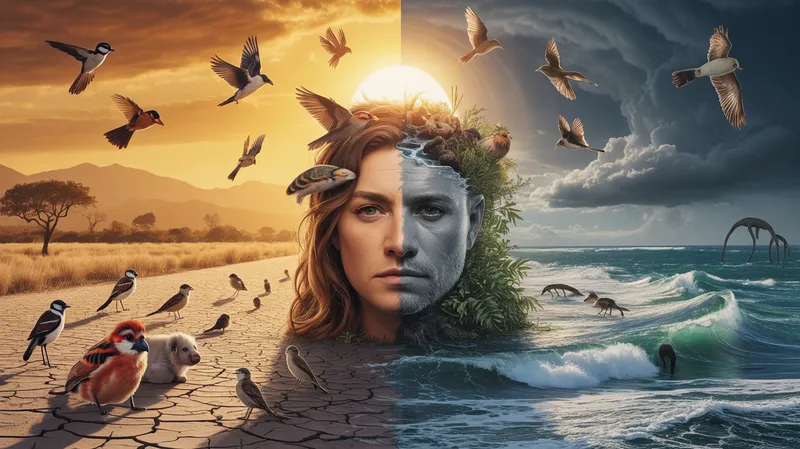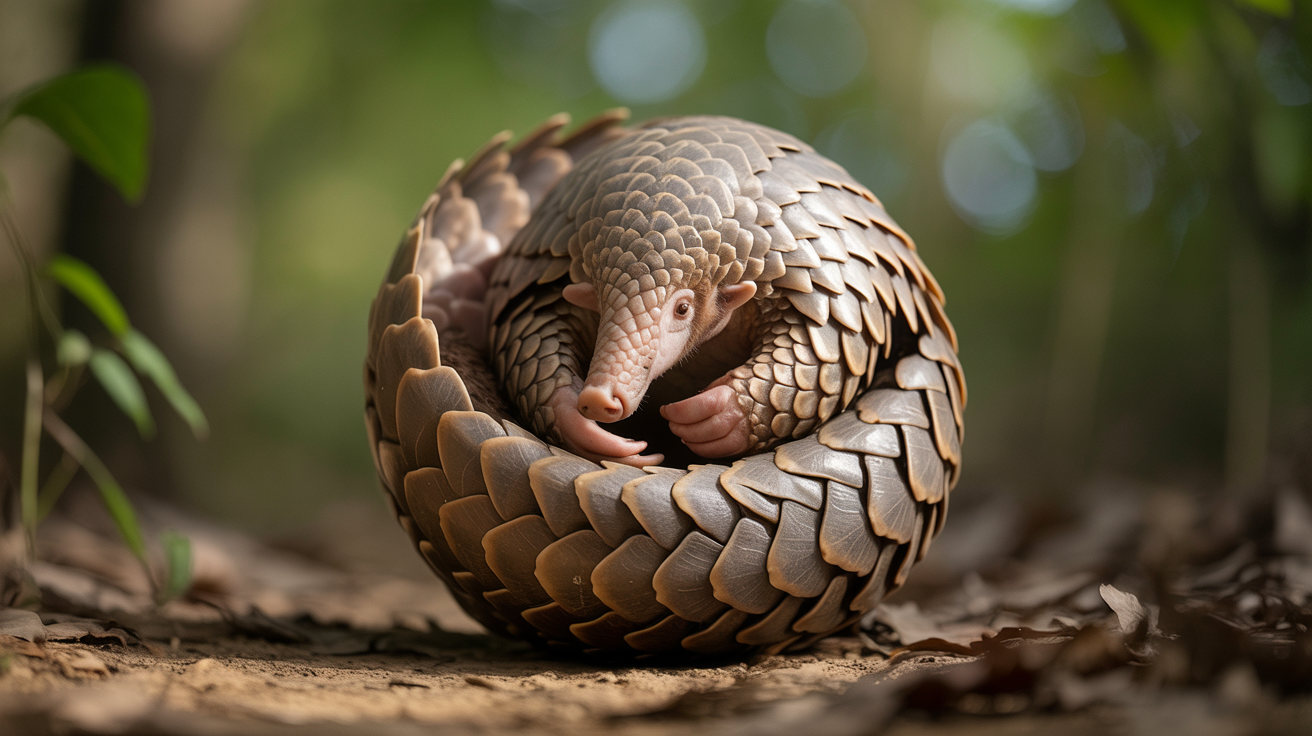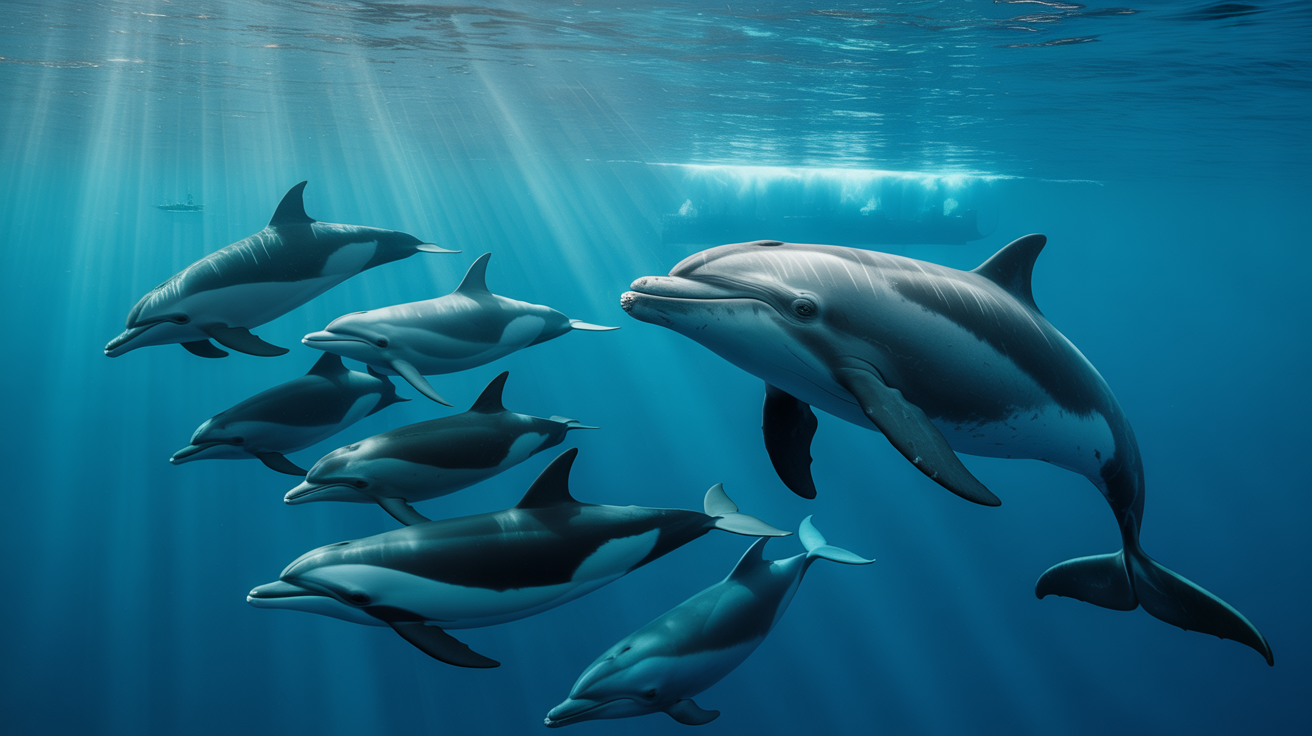Introduction: The Climate Crisis and Wildlife
From blistering heatwaves to devastating hurricanes, climate change is reshaping our planet at an unprecedented pace. In this era of environmental upheaval, wildlife faces mounting challenges—but also reveals remarkable resilience. Understanding how animals adapt and sometimes struggle to survive in a changing climate is crucial for both science and conservation. In this Animal Highlights feature, Creature Atlas explores the latest research on how diverse species are responding to the climate crisis, their innovative survival strategies, and what their stories mean for the future of biodiversity.
The Many Faces of Climate Change
Climate change manifests in a range of extreme events: prolonged droughts, shifting seasons, rising sea levels, and severe storms. These changes disrupt habitats, alter food availability, and force animals to adapt, migrate, or perish. Some species demonstrate extraordinary flexibility, while others are dangerously vulnerable.
- Heatwaves can trigger mass die-offs, especially among birds and aquatic life.
- Intensifying hurricanes and storms can destroy breeding grounds and disrupt migrations.
- Rising sea levels threaten coastal and riverine habitats, impacting everything from manatees to seabirds.
“The pace of climate change is outstripping the natural adaptive capacity of many species, forcing rapid evolutionary responses or local extinctions.” — IPCC Sixth Assessment Report (2022)
Adaptation in Action: Wildlife Responses to a Warming World
1. Shifting Ranges and Changing Behaviors
Many animals are moving to cooler areas, higher elevations, or different latitudes in search of suitable climates. Birds, in particular, have become sentinels of change, with migration routes and breeding times shifting in response to temperature and weather patterns.
The Eurasian Eagle-owl, one of Europe’s most formidable raptors, is a case in point. Recent studies reveal that this owl is expanding its range northward and into higher elevations as warming temperatures alter the distribution of its prey and forest habitats. These changes can bring both opportunities (new hunting grounds) and risks (competition with other predators).
2. Coping With Extreme Weather and Habitat Loss
Coastal and marine species are among the most affected by intensified storms and rising seas. The West Indian Manatee offers a sobering example. These gentle giants, already vulnerable to habitat loss and boat strikes, now face additional threats from changing salinity and water temperatures, which can affect their food sources and migration patterns. According to a 2023 study published in Frontiers in Marine Science, climate-driven seagrass die-offs in Florida have triggered unprecedented manatee starvation events, highlighting the cascading impacts of warming waters.
3. Surviving the Storm: Seabirds and Hurricanes
Seabirds are highly sensitive to both oceanic and atmospheric changes. The majestic Royal Albatross, with its expansive southern ocean range, has experienced shifts in breeding success and foraging distances as wind patterns and sea surface temperatures change. A 2022 study in Nature Climate Change found that stronger prevailing winds may help some albatrosses travel further with less energy—but can also disrupt nesting if storms strike breeding islands more frequently.
4. Altered Reproductive Cycles
For many species, the timing of reproduction is tightly linked to seasonal cues that are now shifting. Earlier springs can cause mismatches between hatching and peak food availability, impacting chicks’ survival rates. Such phenological mismatches have been documented in birds and mammals worldwide, and may drive rapid evolutionary responses—or population declines.
Winners, Losers, and Surprising Survivors
The Resilient and the At Risk
Some animals demonstrate remarkable adaptability, while others struggle to keep pace. For instance:
- Generalist species (those with broad diets and habitat preferences) often fare better than specialists.
- Mobile species can move in search of new habitats, while sedentary or isolated populations are more at risk.
- Social species—like the Western Lowland Gorilla—face compounded threats from habitat fragmentation, disease, and climate-driven food shortages. These gorillas depend on dense rainforests, which are increasingly threatened by droughts and fires.
Surprising Adaptations
Some species are already exhibiting rapid genetic or behavioral adaptation:
- Amphibians in the tropics are developing greater heat tolerance.
- Fish populations are shifting spawning grounds to cooler waters.
- Urban-dwelling animals are altering daily activity patterns to avoid the hottest parts of the day.
The Tasmanian Devil provides an extraordinary example: while primarily threatened by disease, these marsupials are also showing resilience to warming temperatures by altering foraging times and seeking shelter during heatwaves, as documented in a 2023 University of Tasmania study.
Recent Research: What Science Tells Us
Recent studies offer new insights into wildlife adaptation:
- A 2024 Science article revealed that over 70% of tracked bird species in North America have shifted their spring migrations earlier by 2-3 weeks since 1980.
- A global review in Global Change Biology (2023) identified mammals in temperate regions as especially vulnerable to extreme weather events, with cascading effects on population dynamics.
- Genomic research is uncovering instances of “evolutionary rescue,” where rapid genetic changes help some populations survive in newly stressful environments.
Conservation Challenges and Solutions
Obstacles to Adaptation
While many animals attempt to adapt, their success is often limited by human-made barriers:
- Habitat fragmentation (roads, cities, agriculture) blocks migration routes.
- Pollution and overexploitation add stress to already vulnerable populations.
- Invasive species can outcompete native fauna, especially as climate shifts favor newcomers.
Strategies for a Warming World
Conservationists are developing new tools to help wildlife cope:
- Climate corridors: Protected pathways that allow animals to move to safer habitats.
- Assisted migration: Relocating vulnerable species to more suitable environments.
- Ecosystem restoration: Replanting forests, seagrass meadows, and wetlands to buffer against climate impacts.
- Community-based conservation: Empowering local people to protect habitats and monitor wildlife.
“Assisted migration is controversial—but in some cases, it may be the only way to save species with nowhere left to go.” — Dr. Jessica Hellmann, University of Minnesota
What Can You Do?
Everyone can play a role in supporting wildlife through climate change:
- Support conservation organizations and climate initiatives.
- Reduce your carbon footprint by making sustainable choices.
- Advocate for science-based policies that protect habitats and biodiversity.
- Get involved in local wildlife monitoring or habitat restoration projects.
Conclusion: Resilience and Hope in a Changing World
The story of wildlife adaptation to climate change is one of both sobering challenges and inspiring resilience. Species like the Eurasian Eagle-owl, West Indian Manatee, Royal Albatross, Western Lowland Gorilla, and Tasmanian Devil showcase both the ingenuity and vulnerability of wildlife in the Anthropocene. Their futures—and ours—will depend on our commitment to science, conservation, and climate action. By protecting habitats, reducing emissions, and supporting adaptive management, we can help ensure that the world’s extraordinary diversity endures for generations to come.



